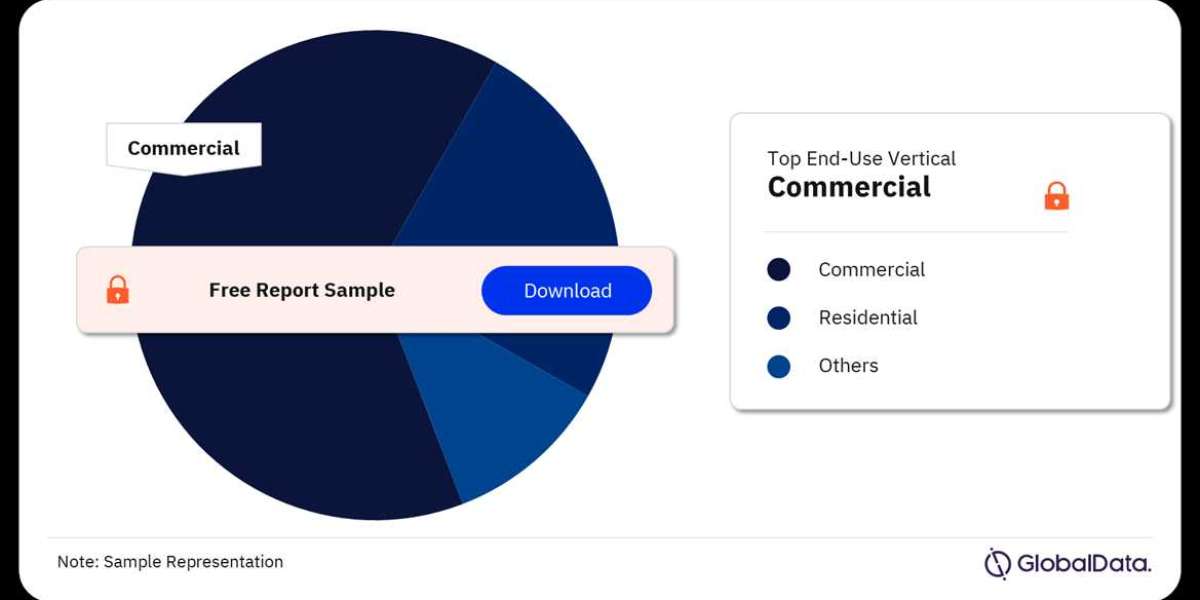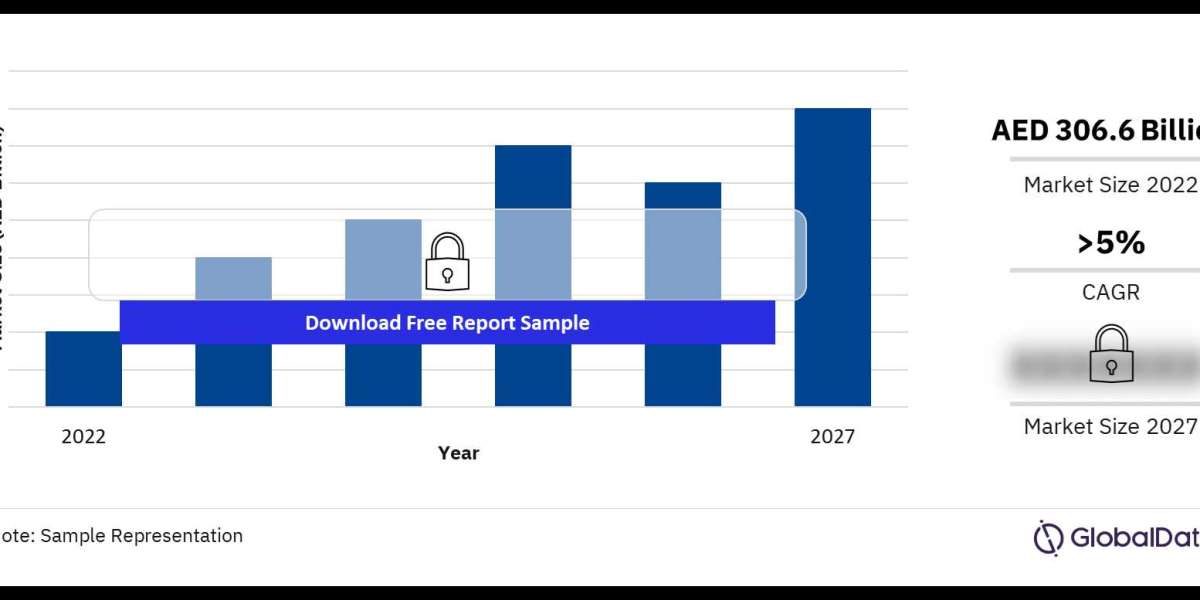5G promises to deliver significantly faster data speeds, ultra-low latency, and massive network capacity compared to its predecessor, 4G LTE. This translates to a future where information flows instantaneously, enabling a plethora of innovative applications across industries. Underpinning this revolution is the 5G infrastructure market, a rapidly expanding sector responsible for deploying and maintaining the complex network architecture required for 5G.
This article delves into the 5G infrastructure market, exploring its current state, growth projections, key drivers, and potential challenges. We will also analyze the market segmentation, prominent players, and emerging trends shaping the future of this dynamic space.
Market Size and Growth Trajectory
The 5G infrastructure market is experiencing explosive growth. Estimates vary slightly depending on the research firm, but the overall trend is undeniable. According to Fortune Business Insights, the global market was valued at USD 25.69 billion in 2023 and is projected to reach a staggering USD 590.18 billion by 2032, reflecting a Compound Annual Growth Rate (CAGR) of 42.7%. Similarly, Mordor Intelligence predicts a CAGR of 47.51% from 2024 to 2029, with the market reaching USD 69.01 billion by 2029. These figures highlight the immense potential of the 5G infrastructure market, driven by the ever-increasing demand for high-speed, reliable connectivity.
Key Drivers of Market Growth
Several factors are propelling the growth of the 5G infrastructure market:
- Rising Data Traffic: The exponential growth of data consumption driven by video streaming, social media usage, and the Internet of Things (IoT) necessitates faster and more robust network infrastructure. 5G offers the ideal solution to meet these demands.
- Government Initiatives: Many governments worldwide are actively promoting 5G deployment through spectrum auctions, infrastructure subsidies, and favorable regulatory policies. This strong governmental push is significantly accelerating market growth.
- Demand for Emerging Technologies: 5G is a fundamental enabler for a wide range of emerging technologies like virtual reality (VR), augmented reality (AR), autonomous vehicles, and smart cities. The increasing demand for these applications fuels the need for robust 5G infrastructure.
- Network Upgrades: Existing telecom operators are upgrading their infrastructure to accommodate 5G capabilities. This involves significant investments in new equipment, software, and network modernization efforts.
Market Segmentation
The 5G infrastructure market can be segmented based on various factors:
- Communication Infrastructure:
- Small Cells: These low-powered, compact base stations are ideal for high-density areas like urban centers and indoor locations. They are expected to hold a significant market share due to their efficient deployment in areas with high user concentration.
- Macro Cells: Traditional cell towers with wider coverage areas remain crucial for rural and suburban settings.
- Core Network:
- Software-Defined Networking (SDN): This technology allows for greater flexibility and programmability of the network core, facilitating efficient resource allocation and service provisioning.
- Network Function Virtualization (NFV): NFV enables network functions to be virtualized and run on software rather than dedicated hardware, leading to increased agility and cost savings.
- Network Architecture:
- Standalone (SA) 5G: This architecture offers the full potential of 5G capabilities with a dedicated network core, providing the highest bandwidth and lowest latency.
- Non-Standalone (NSA) 5G: This approach leverages existing 4G infrastructure with a new 5G radio access network (RAN) for a faster and more cost-effective initial rollout.
- Operational Frequency:
- Sub-6 GHz: This spectrum band offers wider coverage and better penetration through buildings but delivers lower data speeds compared to higher frequencies.
- Millimeter Wave (mmWave): This band offers ultra-fast data speeds but has a shorter range and limited penetration through obstacles.
Prominent Players in the Market
Several leading companies are shaping the 5G infrastructure landscape:
- Huawei
- Ericsson
- Nokia
- ZTE
- Samsung
- Ciena
- Cisco
- Mavenir
- Juniper Networks
These companies are involved in developing, deploying, and maintaining various components of the 5G infrastructure, including base stations, core network equipment, and transport solutions.
View Sample Report for Additional Insights on 5G Infrastructure Market Forecast, Download a Free Report Sample








